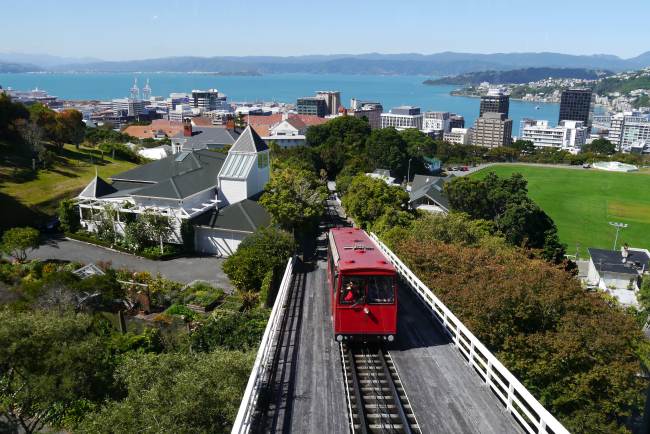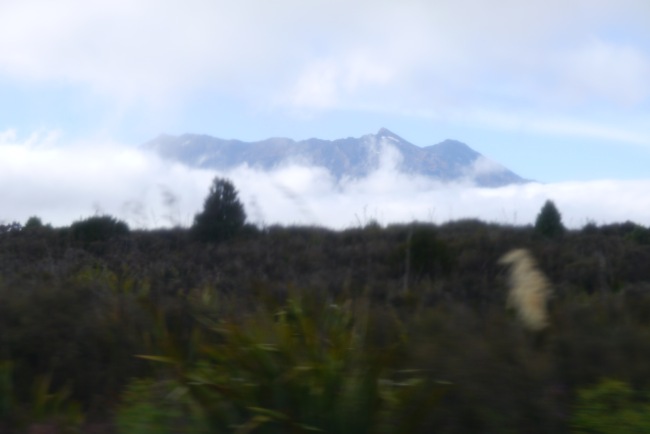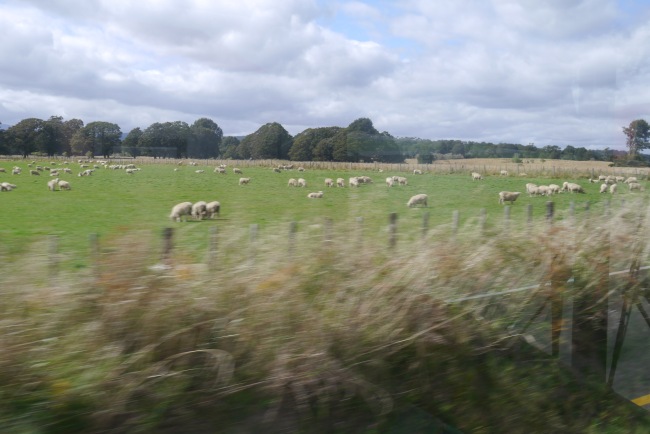I’ve been responding to people’s comments, but I haven’t written in a long time. There have been some significant changes, so I do want to update some of the things I’ve said in the past. If you are applying to KGSP yourself, you should make sure you read the instructions for the year in which you are applying carefully and thoroughly yourself before sending in your application.
- There is still a regional university option for people in Natural Science and Engineering fields from certain countries. For more on this option see my 2015 post here.
- Always double check the available universities. They change slightly each year. (For example, this year Ajou University appears not to be on the list.) The same goes for countries and their quotas.
- Good news for people who have studied abroad in Korea! While there used to be a rule that people who studied abroad in Korea were not able to apply for KGSP, that rule no longer applies. If you were an exchange student at a Korean university you will be able to apply to KGSP (page 7 of 2017 guidelines). If you did a full degree in Korea (Bachelor, Master, or PhD) then you are still unable to apply, unless you were a KGSP scholar at that time. For former KGSP scholars, you may apply again for a higher degree program, but only through the Embassy quota.
- They seem to have strengthened the language on GPA. Those with GPAs under 80% or the equivalent will be automatically disqualified. They also require an official explanation from your university describing the “university’s evaluation system as well as the applicant’s academic achievement” (page 7) if either A) your transcript doesn’t include GPA info or B) your grades cannot be easily converted to a 4.0, 4.3, 4.5, 5.0 or percentage scale. This would seem to mean that you can’t use third-party conversion services, it must come from your uni.
- They specifically disallow use of the TOEFL ITP to show English proficiency. The ITP has always been for internal evaluation purposes and not for outside certification purposes. If you want to submit English test scores you will need to take the IBT (or PBT/CBT if those are what is available) or the TOEIC or IELTS.
- Other people who might get preference include the following. Remember, “preference” most likely means a couple points added to your score. (For example, the self-intro and statement of purpose are worth 10 points each. The other parts of the application are likely also worth some undetermined number of points.) So if you are an extremely strong candidate in a field that doesn’t get any preference then you still have a chance over a weaker candidate from a “preferred” field. Don’t give up just because you may have less “preference.”
- Applicants in natural science, technology and engineering
- Applicants for majors included in the Industrial Professionals Training Project of the Korean Government. This is a slightly more specific version of the STEM fields above and includes various high-tech fields like biotech, semiconductors and LED technology.
- Faculty from higher education institutions in countries to which Korea gives ODA.
- Descendants of Korean War vets.
- Changes to required documents:
- They give very specific requirements for the length of the Self-Introduction (or personal statement) and Statement of Purpose (including study plan and future plan). You must use Times New Roman size 10 font. Your self-introduction letter must be one page or less. Your Statement of Purpose should use the same font type and be two pages or less (including both study plan and future plan).
- You need TWO recommendation letters. (It used to be just one.) They should be able to comment on your academic abilities.
- You need an “original copy” of all diplomas or transcripts. That is kind of an oxymoron – it can’t be both original and a copy, can it? Remember never send your actual diploma, you will not get it back. You should get an official copy from your university (from my experience it should be in the form of a certificate, the closer to your actual diploma the better), or if that is not possible, have a copy of the original notarized or apostilled.
- Certificate of Korean Citizenship Renunciation and Adoption documents are “optional” in the sense that not everyone has to submit them, but they are a “must” if they apply to you (i.e. if your parents or yourself ever had Korean citizenship, or if you are a Korean adoptee).
- Notarize ALL photocopies. Including passport, etc.
- If you are applying through the University track, you only need to submit ONE set of original documents. If you are applying through the Embassy track, you still need one set of originals, and THREE sets of photocopies. You must get four sets of all sealed documents. This means that you should ask your professors or other recommenders to make three copies of their recommendation and seal each one, plus the original in four separate envelopes. Transcripts should also be in sealed envelopes and you should get four copies from your university.
- They have gone back to explicitly stating that students who get TOPIK 5 or 6 in the first six months may start their degree program in March. This was always the case, though they stopped talking about it briefly in the 2015 application guidelines.
- For the language year, they state that you can live off campus (outside the dormitories) if you have TOPIK level 3 or above.
These are just some of these changes. For other advice and requirements see my other blog entries and the comments. Good luck with your applications or future applications!



